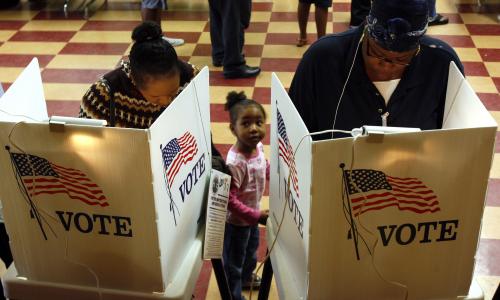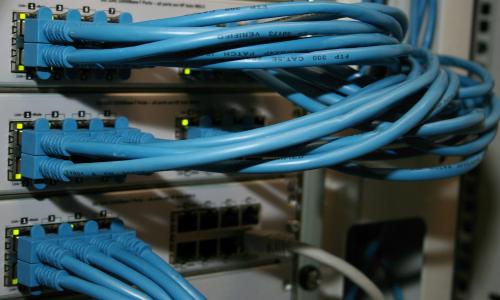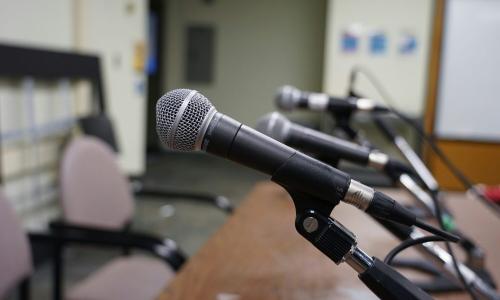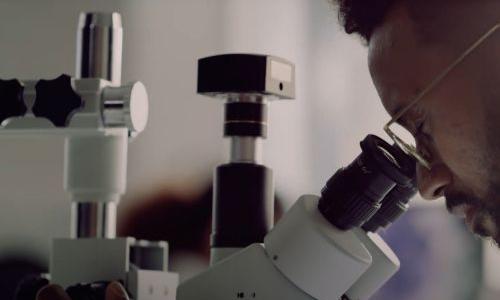Table of Contents
Science has an important role to play in the struggle to build a genuine democracy and overcome entrenched injustice.
Democracy matters for science. We can’t build the evidence-based policies we need unless everyone is able to participate and make their voice heard in elections and in the decisionmaking process. Without a healthy democracy, government decisions will be made based on ideology or the interests of the most powerful, rather than the public good. And too often, obstacles to voting mean that not every community has an equal chance to influence these decisions.
Fortunately, science can help advance democracy. There are evidence-based ways to improve the democratic process so it’s more inclusive and gives everyone the chance to cast a vote that matters. Social science research on voting systems, ballots, and election data has shown the scope of the challenge—but it also points to best practices that can help more people meaningfully participate in their own government.
The science of elections
Our research is designed to strengthen democracy by gathering and analyzing data to show where unjust barriers are reducing the ability of voters to participate in their own government. We’re also putting the best available evidence on elections to work by advocating for better electoral systems in key states. Through our analysis and advocacy, we’re working to improve ballot design and voter education materials, data transparency, and fair representation.
Equitable ballot design
Participatory democracy requires that every citizen has an equal and effective vote. Every voter should be able to express their preferences easily and have confidence that every effort has been made to record and count those preferences accurately. Unfortunately, poor ballot design hampers citizens’ ability to express their preferences. Conversely, effective ballot design can lower ballot rejection rates, decrease the number of ballots that require curing, decrease the time it takes to vote, increase voter turnout, and ensure that every voter’s ballot is counted.
Election data transparency
Many people in the United States currently lack access to electoral information that could improve our ability to vote, increase trust in elections by illustrating the rigorous administrative practices that exist, and help communities better organize under-represented groups. The public availability of this data varies widely across states and localities, and it’s often not in an easily usable format. This lack of transparency stifles the public’s ability to understand the electoral process, reduces engagement, and creates space for disinformation to flourish. Election data transparency can improve the quality of our democracy. By following some evidence-based best practices, election officials can help more voters participate, and increase public trust in free and fair elections.






